A fun Dungeons & Dragons game is obviously not a one man’s job. We all have known a player with a terrible attitude which quickly became contagious and caused a shift in the mood around the table. That being said, nothing can destroy a game as fast as a bad Dungeon Master. Now, don’t get me wrong, by bad I do not mean that an inexperienced DM. Everybody got to start somewhere and it is fine. Before learning any of the technical material required to put an adventure in play, you need to understand the most important aspect of a great adventure which has nothing to do with your technical skills. It is about having a clear idea about your role as a Dungeon Master.
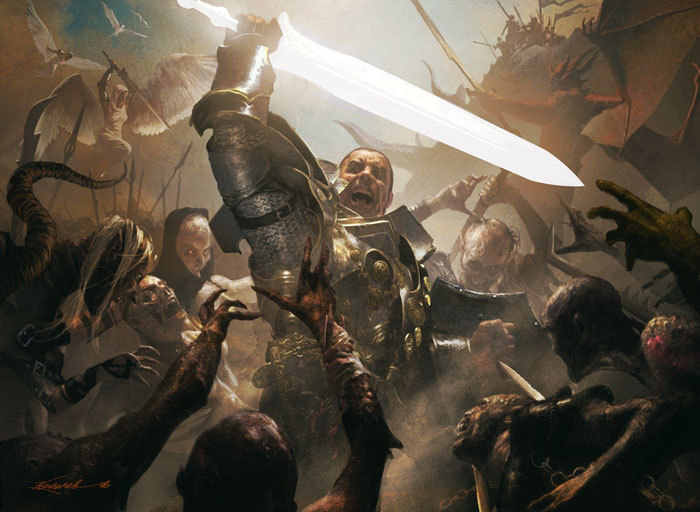
You are not the enemy
I am sure this is obvious to a lot of you, but I have seen too many new DM’s forget that simple fact along the way. Your main goal is always to provide an interesting and engaging game for all it’s participants. With that in mind, you should always be some kind of neutral entity. Actively trying to kill the players is no fun and excessively easy to do. The secret is to build an emotionally gripping fight by hitting that sweet spot where the adventurers often find themselves in danger where poor decision making can lead to disaster. The opposite is also true, you don’t want to save your players with your mystical DM powers too often. A sense of risk is definitely part a thrilling game, you don’t want your group to feel protected, they are adventurers after all. Just to be clear, if you feel like you incorrectly balanced an encounter by mistake, it is one of the rare occasion where you should be using your DM’s power and adjust a few numbers here and there.
Adventure is not linear
This has happened to me more than once. When you are so invested in your own story, and you have a very clear idea of how the plot should go, you tend to forget a very important factor. Once of the most valuable aspect of D&D for most players is how they are allowed to take meaningful decisions that will affect the rest of the game. You have to accept the idea that more often than not, events and encounters might turn out quite differently from what you initially had in mind. Instead of trying to force the players to do whatever your think is the right choice (which can be quite frustrating for everyone around the table) you should embrace chaos. Things are hard to predict, and that is one of the most interesting thing about this hobby. What you should aim for is a solid setting that lets you improvise if needed, while still having a general idea of how the story should be. If you really want to control every single conditions in the game, you should probably consider writing a novel instead.

More loot does NOT equal more fun
This is probably the easiest trap a new Dungeon Master can fall into. Sure, magic items can be exciting. Yes, a flame sword would look pretty badass on your Dragonborn paladin, but there is a time and a place for everything! In the D&D world, magical items are rare and only the most seasoned heroes have some in their possession. As a general rule I tend to drop a few minor magical item starting at level 4. By then, the players have a few games under their belt and it just makes sense that they find a few cool artifacts along the way. What you really don’t want to do is drown your players in magical items, especially at early level. It feels good initially, but very much like any good things in life, having too much of it gets old really fast. To many strong magical items also tend to ruin the game balance. For example, physical attackers such as fighters and rogues might get a lot stronger than their spell caster counter part. This is simply due to the way the system is calibrated. How much damage a fighter does is directly affected by his weapon, while its usually more complicated for the spell casters. Bottom line, it can get really complicated really fast. Trust me on this: a long sword +1 you worked hard for will always be much more rewarding than a vorpal sword that just somehow fell on your lap.
You are not the hero
When I first started to DM, it was mostly because nobody else wanted to do it. As a result, I too wanted to be a hero in my own adventure. There is nothing wrong with creating cool and interesting characters for your campaign, but you gotta be careful about not stealing the show either. Your players should be the main characters of the adventure, they should be the ones slaying dragons and doing meaningful things that shapes the story, not your overpowered super saiyan werewolf wizard thing.

A great story is key
I would say there are three key factor that contributes to a successful campaign on the long run: playing on a regular basis, friendship ( or a sense of belonging), and an immersive story. Much like when writing a novel, you want to aim for an engaging story line that will keep the players (hopefully) emotionally involved. Some people would say you should do a game based of whatever your group want. While I do understand the basic reasoning behind it, I do think you should above all else create a world you are passionate about. After all, you are the one putting an unreasonable amount of hours into preparations, so you want to do whatever is necessary to keep your motivation as high as possible. If you don’t like what you are doing, you will most likely stop working on it midway into the campaign. Remember: Your fun is just as important!
And that’s it! With those simple key factors in mind, go ahead and create epic and memorable moments for you and your players! Oh, one last thing, here are a few items that can help you along the way if you wish to get started or simply push your games to the next level:
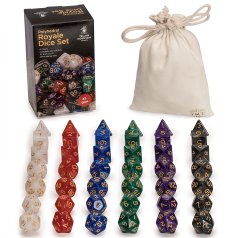



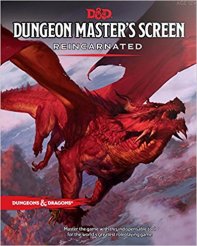

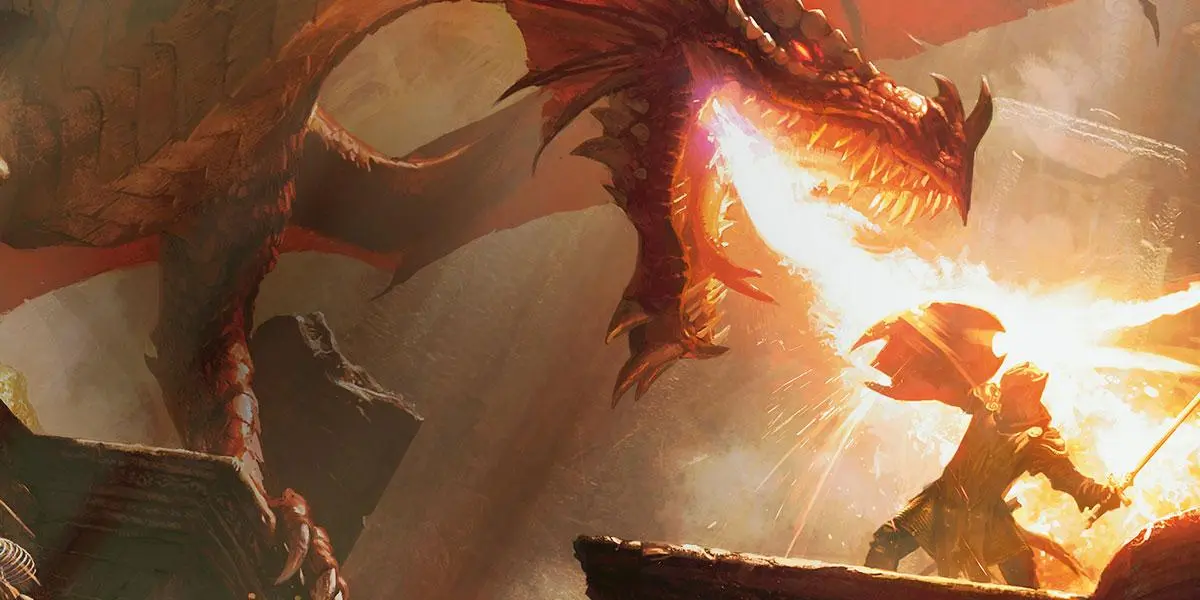




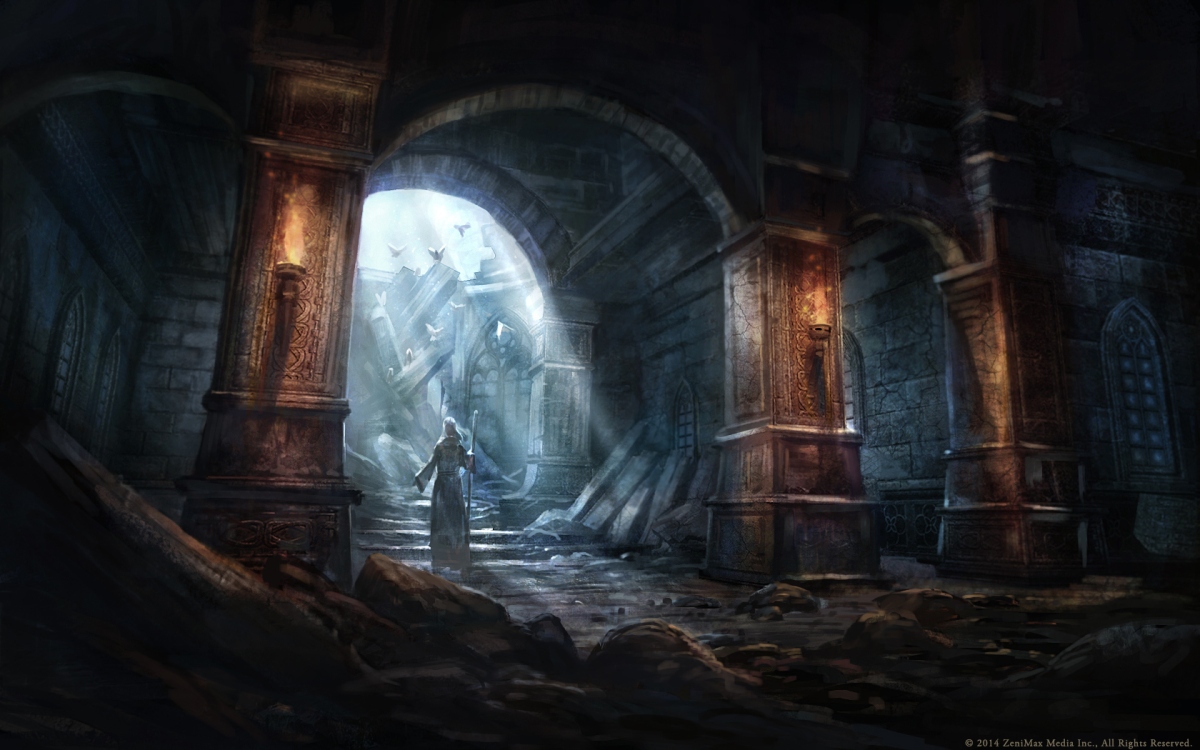

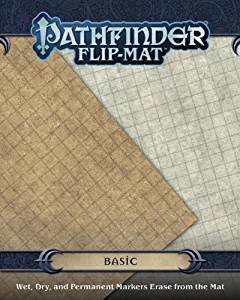





You must be logged in to post a comment.